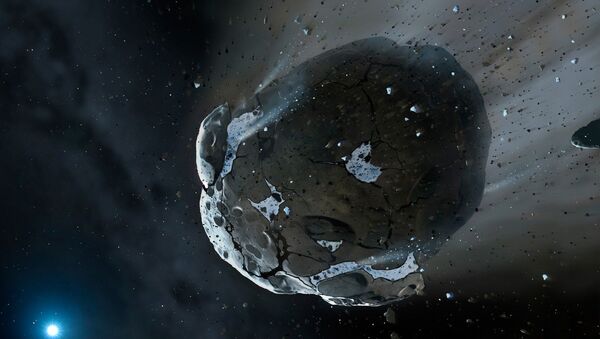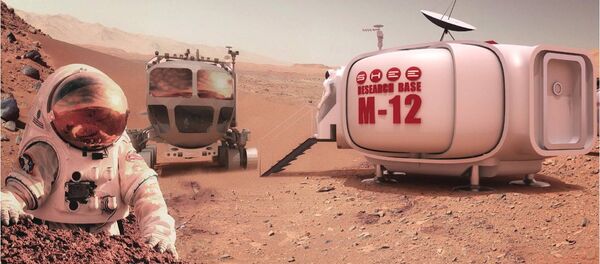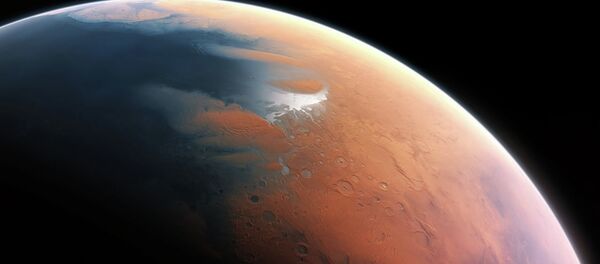APIS (Asteroid Provided In-Situ Supplies): 100MT Of Water from a Single Falcon 9 http://t.co/R0ZDUFOj05 pic.twitter.com/DmJzpDCAKz
— Asteroid Initiatives (@AsteroidEnergy) September 18, 2015
The concept, known as the Asteroid Provided In-Situ Supplies plan (Apis), was detailed by NASA researchers at the latest American Institute of Aeronautics and Astronautics' (AIAA) meeting earlier this month, Space.com reported.
But the biggest challenge facing researchers is how to extract those volatiles out of rocky carbonaceous chondrite asteroid surfaces.
“Optical mining” could be the solution, as it would make possible the extraction of water from space rocks without the use of “complex or impractical robotics.”
Joel Sercel, an Apis investigator, told Space.com that highly concentrated optical energy – or, more simply, sunlight focused and concentrated by two sets of mirrors – can be used as a laser to essentially bake water out of asteroids, which will then be collected by containment bags right there in space.
"It actually digs holes and tunnels into the rock,” Sercel said. “The heat goes in, is absorbed in thin layers and drives out the volatiles in tiny, explosive like pops that eject material in a controllable way."
A cantaloupe-sized asteroid model will be heated to extremely high temperatures by reflected and concentrated sunlight. If the strategy works, the project will move into its next phase.
Angel Abbud-Madrid, director of the Center for Space Resources at the Colorado School of Mines in Golden, Colorado, told Space.com this strategy could mean a real breakthrough in space exploration, following years of ineffective attempts to apply terrestrial mining techniques in space.
“We are excited to finally participate in the development of what we consider the most feasible and effective technique to recover valuable volatile elements, such as space propellants, from asteroids," he said.




